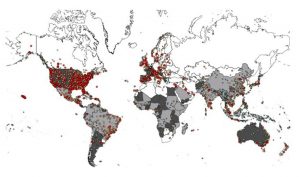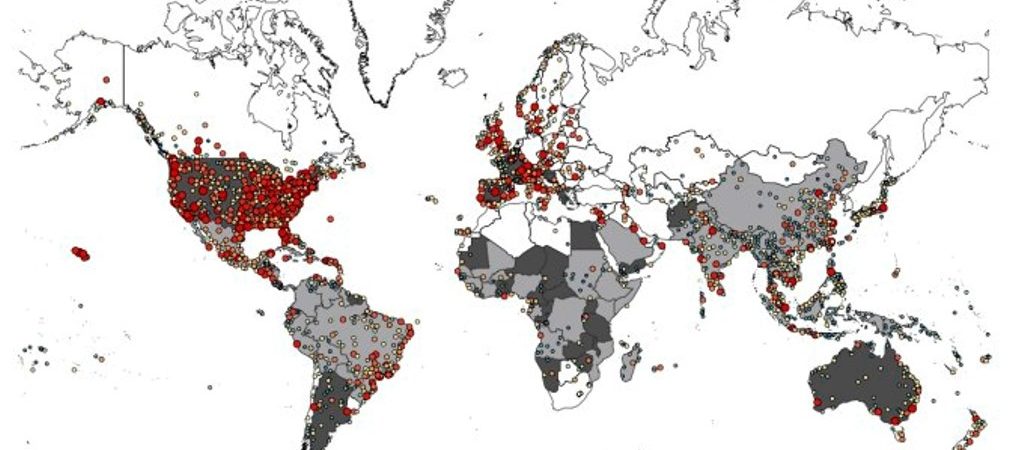
Researchers at CSIRO, Australia’s national science agency, have developed a new tool to understand how human infectious diseases found overseas might spread in Australia.
Using data from dengue virus outbreaks in Queensland as a case study, the tool identifies and tracks new cases of infection to their original source in Australia, and links how the disease has transferred between people.
It provides new insight into the behaviour of human diseases brought into Australia and is part of the broader Disease Networks and Mobility (DiNeMo) project aimed at developing a real-time alert and surveillance system for human infectious diseases.
CSIRO researcher Dr Dean Paini said the tool aims to help protect Australia against the increasing risk of infectious diseases like dengue and measles, which have already sparked numerous health alerts across the country this year.
“Although Australia is relatively disease-free compared to other regions of the world, diseases are brought in through infected people who can be Australians returning home from holiday, tourists travelling to Australia, or fly-in fly-out workers travelling abroad,” CSIRO researcher Dr Dean Paini said.
“Understanding how these infections spread once they reach Australia means we can predict when and where an outbreak is likely to occur – this means hospitals and biosecurity agencies can be as prepared as possible.
“When it comes to biosecurity, time is always the enemy, so being able to direct resources to the right place, at the right time can help diagnose and treat infected people as quickly as possible.”
Dr Raja Jurdak, a researcher from CSIRO’s Data61, said that traditional methods of tracking infection routes often depend on time-consuming site investigations or interviews relating to travel routes of infected patients.
“Our tool draws on multiple incomplete datasets, including reported dengue cases, tourist surveys, geo-tagged social media posts, and airline travel, and combines them in a smart way to understand the trends that underpin the spread of diseases.
“This methodology allows us to look into the past and identify the sources of infection, and also predict the potential future spread of disease,” Dr Jurdak said.
“As global population numbers increase, and we see a reflective increase in travel and urban sprawl, autonomous biosecurity tools like this will be critical to help protect Australia’s human and environmental health,” Dr Paini said.
Dengue is transmitted by the Aedes aegypti and Aedes albopictus mosquitoes. Currently, only the Aedes aegypti is found in mainland Australia, mostly around Northern Queensland, while the Aedes albopictus, which prefers cooler climates, can be found as close as the Torres Strait.
The DiNeMo project combines CSIRO’s domain expertise in health and biosecurity with the digital know-how of its digital innovation arm, Data61.
The model was recently published in Proceedings of the National Academy of Sciences of the United States of America.
Source: CSIRO

















